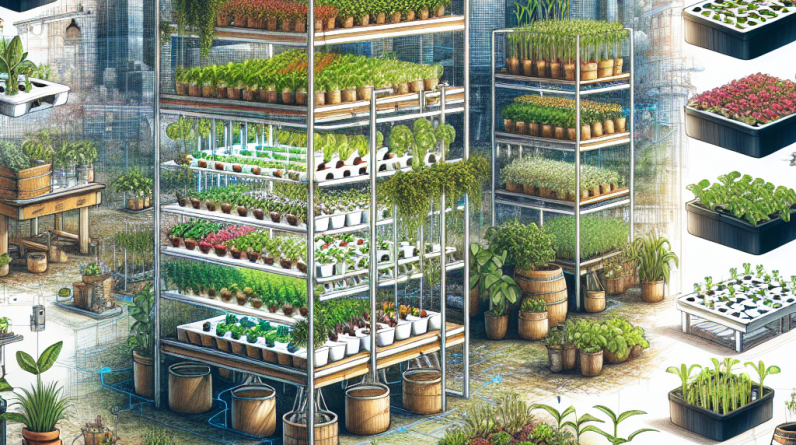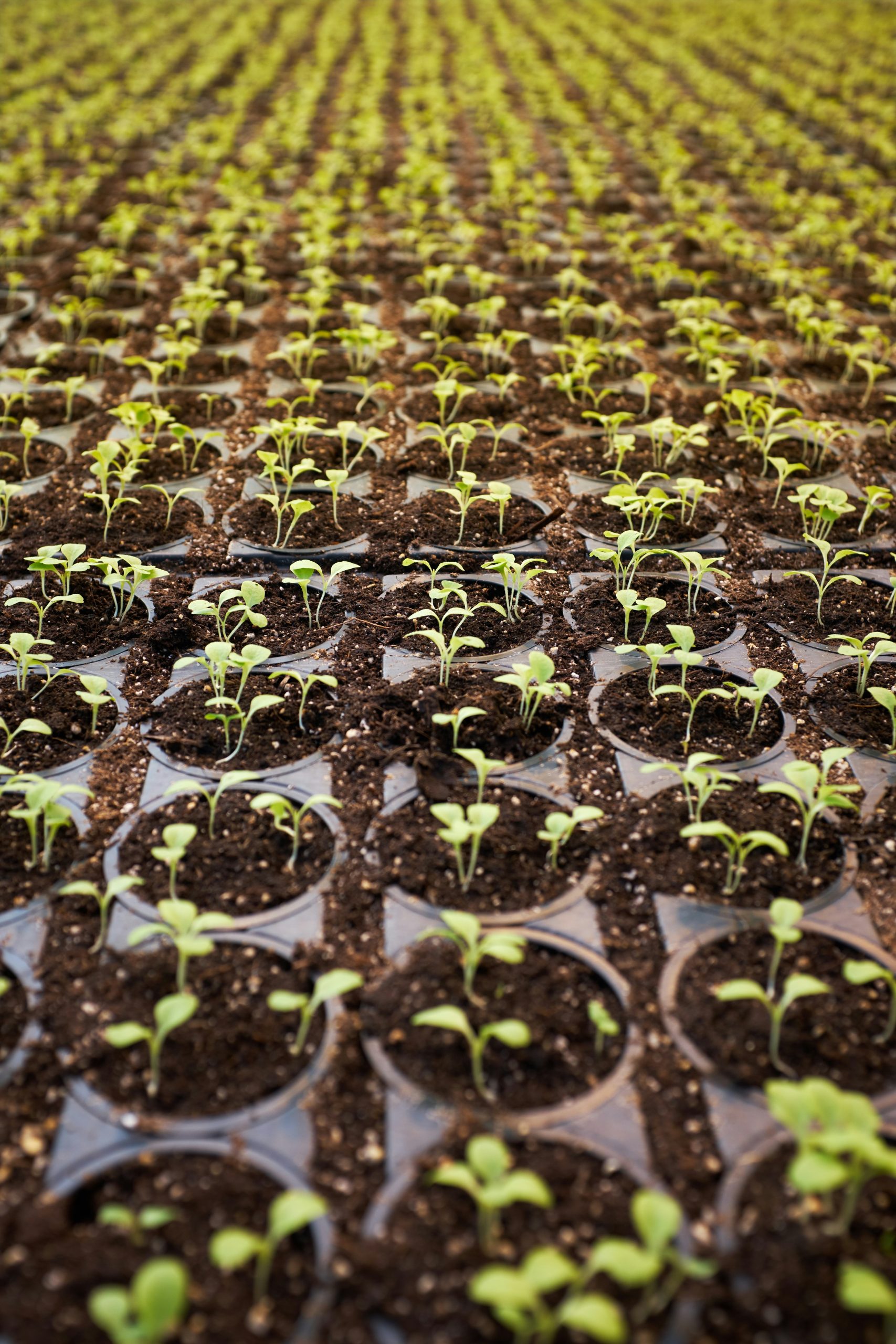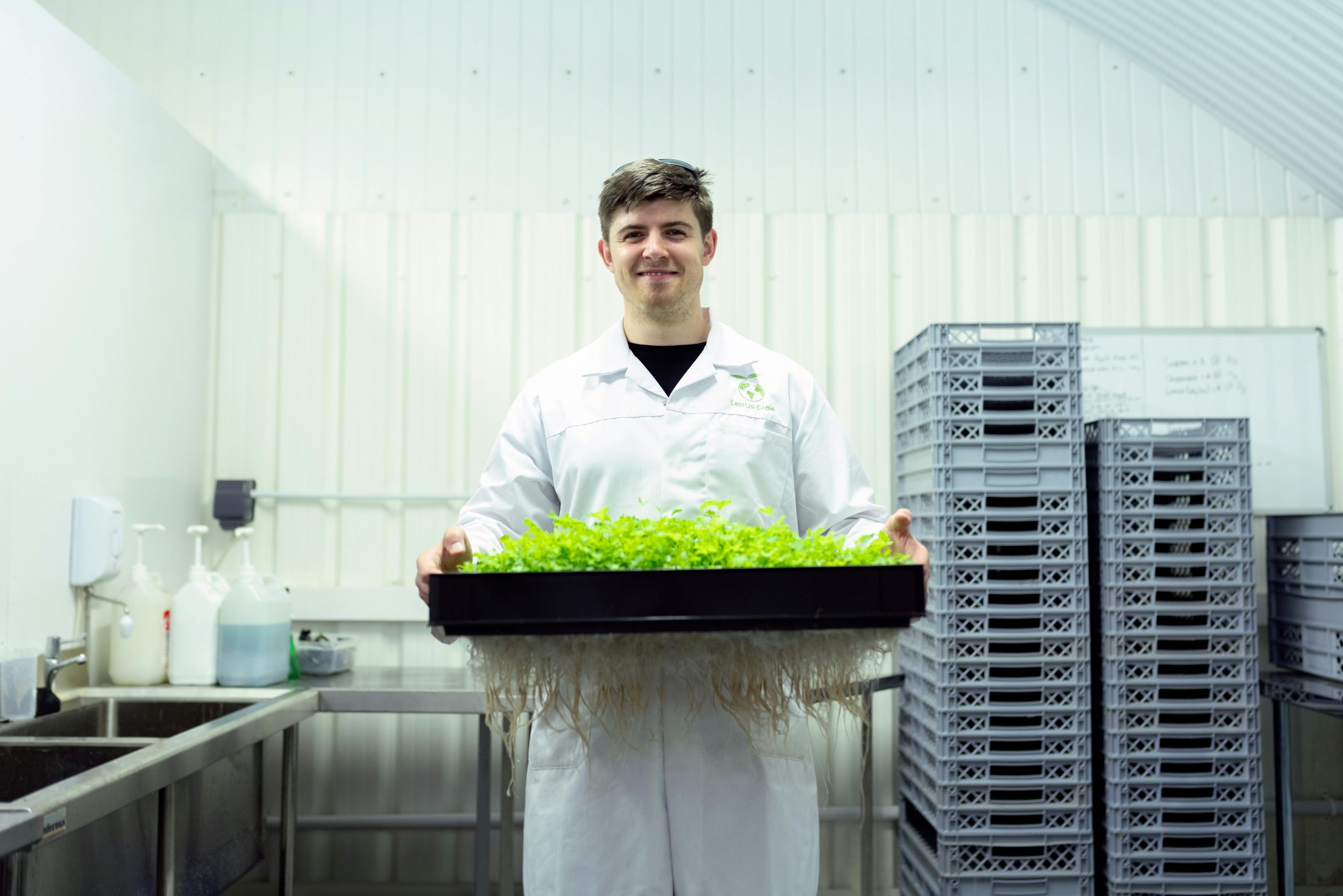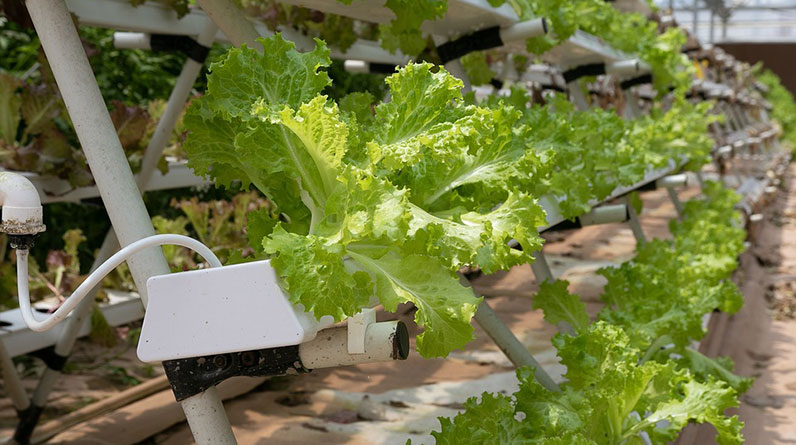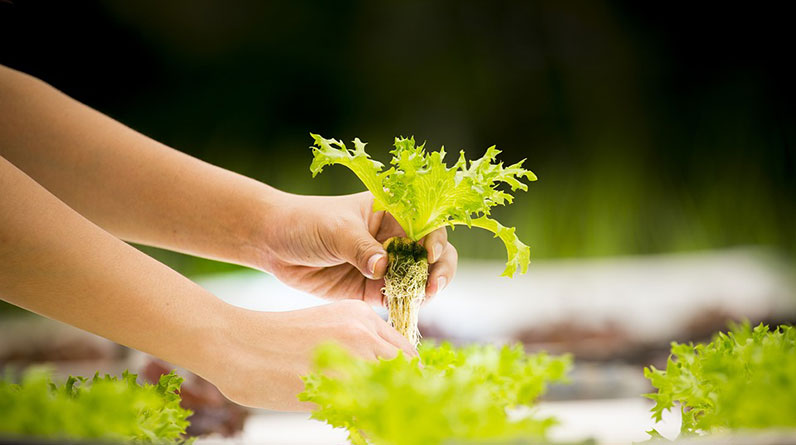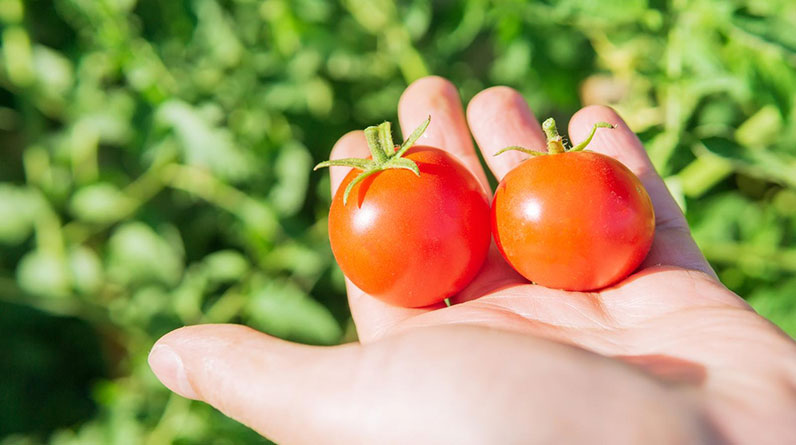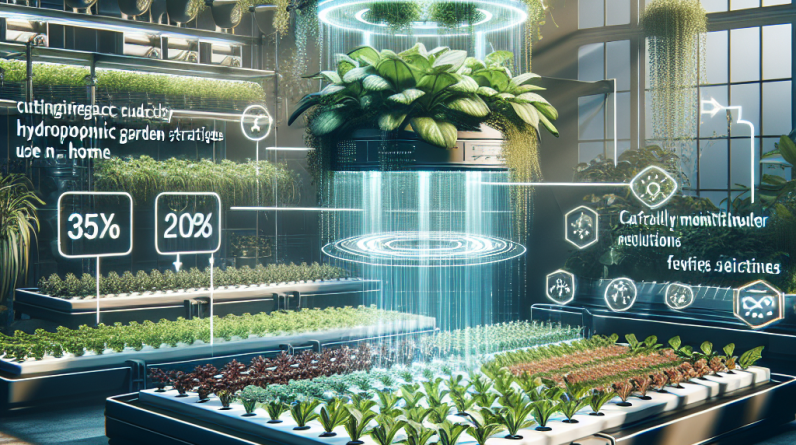
- 1. Choose the Right Hydroponic System
- 2. Optimize Light for Indoor Growing
- 3. Maintain Proper Nutrient Balance
- 4. Control Temperature and Humidity
- 5. Regular Monitoring and Maintenance
- 6. Select Suitable Crops for In Home Hydroponic Garden
- 7. Implement Automated Water and Nutrient Delivery
- 8. Prioritize Pest Management Safely
- 9. Maximize Space with Vertical Farming
- 10. Stay Updated with the Latest Trends and Technologies
1. Choose the Right Hydroponic System
Understanding Different Hydroponic Setups
When starting an in home hydroponic garden in 2025, selecting the correct system is crucial. Popular options include nutrient film technique (NFT), deep water culture (DWC), and flood-and-drain (ebb and flow). Each has its unique advantages depending on your space, budget, and the crops you wish to grow. For beginners, DWC is often recommended due to its simplicity and high success rate.
For more advanced users or those with limited space, vertical or aeroponic systems might be more suitable, allowing for higher yields in less area. Research and choose a system that aligns with your goals, whether it’s growing herbs, vegetables, or specialty plants.
Factors to Consider When Choosing
Cost, ease of maintenance, scalability, and available space should guide your decision. For example, if you want a low-cost, low-maintenance setup, deep water culture systems with ready-made kits are excellent. Conversely, if youâre tech-savvy, exploring automated nutrient delivery or aquaponic options might be appealing. In 2025, smart hydroponic systems with IoT integration are gaining popularity, offering enhanced control and monitoring.
Ultimately, selecting the right hydroponic system sets the foundation for a successful in home hydroponic garden, ensuring your plants thrive all year round.
2. Optimize Light for Indoor Growing
Understanding Light Needs
Light is the most critical factor for healthy plant growth in an in home hydroponic garden. In 2025, LED grow lights are the standard due to energy efficiency, customizable spectrums, and longevity. Most leafy greens, herbs, and even small fruiting plants require 12-16 hours of light daily to thrive indoors.
Position your lights correctly, typically 12-24 inches above the canopy, adjusting as plants grow. Adequate lighting increases photosynthesis, resulting in faster growth and higher yields.
Choosing the Right LEDs
Look for full-spectrum LED grow lights designed for indoor gardening. Features like adjustable light intensity and timer functions make it easy to mimic natural sunlight cycles. Investing in quality lighting in 2025 ensures your in home hydroponic garden remains productive year-round, even in winter months with limited sunlight.
Additionally, consider the energy consumption and heat output to prevent overheating. Proper lighting setup can transform a small space into a lush, productive garden.
3. Maintain Proper Nutrient Balance
Essential Nutrients for Hydroponic Plants
In in home hydroponic gardens, plants rely entirely on the nutrients supplied through your water solution. Key macro-nutrients include nitrogen, phosphorus, and potassium, while micro-nutrients like calcium, magnesium, and iron are equally important. In 2025, specialized hydroponic nutrient formulas make it easier for home growers to provide balanced feeding without guesswork.
Follow recommended concentrations, typically around 1,000 ppm total dissolved solids, to promote healthy growth without overfeeding. Regular testing ensures nutrient levels stay within optimal ranges.
Best Practices for Nutrient Management
Change the nutrient solution every 1-2 weeks to prevent buildup of salts and other residues. Automated dosing systems in advanced setups can help maintain precise nutrient levels, reducing manual labor. Monitor plant responseâyellowing leaves may indicate nitrogen deficiency, while dark, burnt tips could suggest overfeeding.
In 2025, integrating pH and EC meters simplifies nutrient management, helping you achieve superior yields in your in home hydroponic garden.
4. Control Temperature and Humidity
Ideal Environmental Conditions
Maintaining optimal temperature (65â75°F or 18â24°C) and humidity (50-70%) is vital for plant health. In 2025, smart climate control systems can automatically adjust these parameters, shielding your in home hydroponic garden from extreme conditions that stunt growth or promote disease.
Good airflow is equally important, preventing mold and ensuring CO2 distribution throughout your grow area.
Smart Climate Monitoring
Using digital sensors linked to your smartphone, you can receive real-time updates and alerts. This technology enables prompt adjustments, keeping your growing environment stable. Consistency in temperature and humidity can increase yields by up to 20%, according to recent studies.
Incorporate portable fans, heaters, or humidifiers as needed, ensuring your plants experience the best conditions every season.
5. Regular Monitoring and Maintenance
Daily Checks for Optimal Growth
Inspect your in home hydroponic garden daily for signs of pests, diseases, or nutrient deficiencies. Maintaining cleanliness and cleanliness of the system prevents algae growth and blockages that can endanger your crops.
Consistent monitoring of water levels, pH, and electrical conductivity ensures plants receive the right nutrients. Keeping a diary or digital log can help track growth trends and troubleshoot issues efficiently.
Maintenance Routines
Drain and clean reservoirs periodically, replace filters, and verify that pumps and lighting operate correctly. In 2025, consider automating parts of this routine with smart systems that alert you to problems before they escalate.
Effective maintenance prolongs system life and maximizes your harvest, making your in home hydroponic garden more sustainable and profitable.
6. Select Suitable Crops for In Home Hydroponic Garden
Top Crops for Limited Space
Leafy greens like lettuce, spinach, and arugula are ideal for in home hydroponic gardens due to their quick growth cycles and low space requirements. Herbs such as basil, mint, and cilantro also thrive indoors. In 2025, microgreens are trending, providing a quick harvest and high nutritional value.
Root vegetables and small fruiting plants like strawberries can be grown with specialized systems, though they may require more space or vertical setups.
Planning Your Plant Selection
Choose crops based on your taste preferences, nutritional goals, and available space. Think about crop rotation and succession planting to keep your garden productive year-round. Growing a variety of plants can diversify your diet and make your in home hydroponic garden more exciting.
Research each cropâs specific light, nutrient, and environmental needs to optimize growth and avoid crop failures.
7. Implement Automated Water and Nutrient Delivery
Advantages of Automation
Automation reduces manual labor and helps maintain consistent conditions in your in home hydroponic garden. Timers, controllers, and sensors ensure your plants receive water and nutrients precisely when needed. In 2025, IoT-connected systems enable remote monitoring and adjustments, making hydroponic gardening more accessible.
This technology minimizes human error and promotes healthier plants, leading to higher yields and better quality produce.
Choosing the Right Automation Tools
Look for user-friendly, reliable systems with good customer support and compatibility with your existing setup. Features like adjustable dosing, real-time alerts, and data tracking are beneficial. Some systems integrate with home automation platforms for seamless control.
Investing in automation pays off by simplifying maintenance and ensuring optimal plant health, especially for busy individuals or larger setups.
8. Prioritize Pest Management Safely
Common Pests in Hydroponic Gardens
While hydroponic systems reduce soil-borne pests, common pests like aphids, spider mites, and whiteflies can still pose problems. In 2025, integrated pest management (IPM) strategies focus on prevention and the use of organic controls to protect your crops without harmful chemicals.
Monitoring regularly and introducing beneficial insects like ladybugs can keep pest populations under control naturally.
Safe Pest Control Methods
Use insecticidal soaps or neem oil approved for indoor plants, and always follow label instructions. Avoid chemical pesticides that can contaminate your produce or harm your householdâs health.
Maintaining clean systems, controlling humidity, and promoting healthy plant growth are vital strategies for disease and pest prevention.
9. Maximize Space with Vertical Farming
Vertical Hydroponic Setups
Vertical farming allows you to utilize limited home space more efficiently. Stacking systems, wall-mounted planters, or tower units in 2025 can significantly increase your plant count without expanding your footprint.
This approach is ideal for urban dwellers or those with small apartments, enabling a lush garden in tight quarters.
Design Tips for Vertical Gardens
Ensure sufficient light distribution across all levels. Use adjustable shelving or modular systems for flexibility. Incorporate automated watering and lighting tailored to vertical configurations for optimal plant health.
Vertical hydroponics not only saves space but can also create visually appealing indoor gardens that brighten up your living area.
10. Stay Updated with the Latest Trends and Technologies
Emerging Tech in Hydroponics in 2025
In 2025, innovations like AI-enabled monitoring, machine learning algorithms, and sustainable nutrient sources continue to revolutionize in home hydroponic gardening. Staying informed through forums, webinars, and industry news helps you implement cutting-edge practices.
Joining local gardening clubs or online communities can provide ongoing support and ideas to enhance your in home hydroponic garden.
Adapting and Evolving Your Garden
Experimenting with new crop varieties, lighting setups, or automation features can keep your gardening experience exciting and productive. The key is to remain adaptable and eager to learn, ensuring your success in 2025 and beyond.
Conclusion
Creating and maintaining an excellent in home hydroponic garden in 2025 is more achievable than ever, thanks to technological advancements and innovative techniques. By selecting the right system, optimizing light, maintaining proper nutrients and environmental conditions, and embracing automation, you can enjoy fresh, home-grown produce all year round. Stay informed about latest trends and adapt your setup accordingly. Implementing these 10 tips will help you maximize your yields, reduce effort, and enjoy a thriving in home hydroponic garden that truly reigns supreme. Happy gardening!
Frequently Asked Questions
1. What are the best crops to grow in an in home hydroponic garden in 2025?
Leafy greens like lettuce and spinach, herbs such as basil and mint, microgreens, and small strawberries are popular choices for 2025. These crops grow quickly and maximize limited space.
2. How do I maintain the right nutrient balance in my in home hydroponic garden?
Use professionally formulated hydroponic nutrient solutions, regularly test the pH and electrical conductivity levels, and change the water and nutrients every 1-2 weeks to keep your plants healthy.
3. Can I automate my in home hydroponic garden?
Absolutely! Smart pumps, timers, and IoT-based sensors enable automated watering, lighting, and nutrient delivery, reducing manual effort and improving efficiency.
4. How important is lighting in an in home hydroponic garden?
Lighting is critical for plant growth indoors. High-quality LED grow lights with adjustable spectrums and timers help simulate natural sunlight, ensuring healthy plant development in 2025.
5. Where can I find the latest technologies for in home hydroponic gardening?
Follow industry blogs, participate in online forums, and subscribe to gardening publications. Many companies also offer the latest automated and smart gardening systems tailored for home use.



